The Holy Corner
The Print Portfolio of the 35th Ljubljana Biennale of Graphic Arts
La Nueva Fábrica, Antigua, Guatemala
In today's polarised world, marked by profound social, humanitarian and climate crises, the need to seek solace in the holy arises quite naturally. The altar, traditionally conceived as an open structure, here becomes a suitable place to honour the transformative power of the collective spirit.
The Holy Corner presents a series of works that, transformed into offerings, form a symbolic altar on which we invoke the validity of fundamental ethical values, often understood as something outdated, in order to better face the challenges of our present and build new common futures.
First shown to the public as part of the 35th Ljubljana Biennale of Graphic Arts, this exhibition, which was initially conceived as a portfolio of commissioned works that aimed to promote new networks of dialogue and collaboration, is currently (16 March – 8 September 2024) on view at La Nueva Fábrica with the intervention of Guatemalan artist Edgar Calel.
Curator: Yasmín Martín Vodopivec
Descriptions of the artworks
Jihan El Tahri
Sankofa, 2023, screenprint on jute, 76 x 50 cm
Printed in the MGLC Print Studio.
The iconic photograph documents the visit that Cuban President Fidel Castro made on 23 March 1977 to Angola, where thousands of Cuban troops fought in the civil war. Driving with President Agostinho Neto in an open vehicle, Castro felt the warmth of true brotherhood and said: “Our languages may be different, but our hearts are identical.” Jihan El Tahri found the photo in the basement of an abandoned office of the People's Movement for the Liberation of Angola (MPLA) in Congo Brazzaville in 2004. The photo made her MPLA interlocutor wonder why everybody in the second vehicle of the motorcade was looking backwards. That is why the artist titled the photo Sankofa, which is a name for a mythical bird that flies with its head turned backwards. In the African Akan culture, it is believed that looking to the past creates a better future.
Soghra Khurasani
Flooded Red, 2023, etching, 40 x 60 cm
Printed in the artist’s studio.
Flooded Red is simultaneously a tumultuous sky above a hilly landscape, a bruise on the skin and a trace of pouring blood. The motifs and shapes are reminiscent of nature’s life cycle and the dark side of existence. The etching technique leads from a zinc plate to soft paper; it is a journey between layers and the process – the artist thus places intimate connections between human bodies and nature at the centre of her practice. The duality and contradictoriness of the shapes are also a critical commentary on how connections between people can quickly turn into violence, especially against women. Soghra Khurasani directs her metaphorical gesture of resistance towards identity and caste discrimination, racism and gender inequality.
Ibrahim Mahama
From the void came gifts of the cosmos, 2023, aquatint and vernis mou, 50 x 40 cm
Sketch detail for the concept of the 35th Ljubljana Biennale of Graphic Arts.
Printed in the MGLC Print Studio.
An integral part of Ibrahim Mahama’s practice is the concept of circular economy. By reusing materials preserved from the period of colonialism and the later gaining of independence of African countries, he tries to find the memories of the void and explores the topics of property, migrations, globalisation and economic exchange. The void is a constant in Ibrahim Mahama’s work and also the curatorial premise of the 35th Ljubljana Biennale of Graphic Arts, which he artistically conceived. He delineated his concept with a series of drawings, among which the symbolic drawing of a bed as an architectural form with a void beneath it stands out. It is a space of potential, the realisation of the magical, the materialisation of gifts, the visualisation of spirits and the evocation of a distant memory and values. By contributing to the print portfolio and cooperating with the other selected artists, Ibrahim Mahama returns to the essence of his work, restoring collective memory and establishing a dialogue for a better common future.
Tjaša Rener
Common History I, 2023, screenprint, 30 x 21.5 cm
Common History II, 2023, screenprint, 30 x 21.5 cm
Printed in the MGLC Print Studio.
Common History is a symbolic connection between two cultures. With her print diptych, the artist, who lives and works in Ghana and Slovenia, establishes a dialogue between both countries. First, with the background, which is either a stylised rural wall painting or a pattern of kente, the Ghanian royal fabric. She continues her search with graphically prominent figures: the statue of Mary, which does not function as a religious representation here, but is a metaphor for the conquering power of Christianity in Africa before the arrival of Western colonialist forces. And the statue of Dei Dei, a girl who, in the 1970s and 1980s in Western Africa, signified the beginning of African nations gaining their independence and statehood and the end of colonialism.
Jaanus Samma
Floral Pattern No. 1, 2023, screenprint, 30 x 30 cm
Floral Pattern No. 2, 2023, screenprint, 30 x 30 cm
Printed in the MGLC Print Studio.
Jaanus Samma deals with the treatment of homosexuality in Estonia, both during the time of the communist regime and after its downfall. At first sight, he uses the patterns of Estonian national costumes from the 19th century conventionally as if he were creating national souvenirs with ethnographic motifs. The subversive moment emerges when he transfers the traditional patterns to contemporary clothes, for example, men’s underwear. A more detailed observation thus reveals that under the patterns, which Samma strips of pathos and ethnological ceremonialness, there are numerous questions, from the heteronormative narrative of national history and the heritage of Estonian ethnography to the social theories of manhood.
School of Mutants (Hamedine Kane, Stéphane Verlet-Bottéro)
Yeelen, 2023, laser engraved plywood, 30 x 23 cm
Printed in the Dualist print shop (Ljubljana).
School of Mutants is a collaborative platform for art and research founded in 2018 in Dakar, Senegal. Their prints are translations of book covers or film posters of works by postcolonial African authors and filmmakers. Such is the poster for Yeelen, a film by the Malian filmmaker Souleyman Cissé, who studied film directing in the Soviet Union. Yeelen has been recognised as one of the best African films and, among others, won the jury award at the 1987 Cannes Film Festival as the first African film in the festival’s history. Yeelen is a universal story about a brave son who has to overcome his evil father to save the world. At its centre is the concept of nyame, an animistic spiritual force that the Bamana (the predominating ethnic group in Mali) believe is proper to all living beings. The heroic narrative intertwines magic and prophecies and is, according to the director, an answer to European ethnographic films about Africa.
Janek Simon
A Wooden Man from Tarnów, 2023, 3D print in PLA, 47 x 9 x 9 cm
Printed in the artist’s studio.
In an erudite style, Janek Simon explores the so-called synthetic folklores, focusing on the question of how to appreciate individualities in the formation of a common value system. His inspiration for this work was a wooden toy that the artist remembers from his childhood. His mother brought it for him from Tarnów, a smaller town near Krakow, where he grew up. The modular composition represents the human body, which appears often in his art practice. By appropriating the technology that enables 3D printing, he juxtaposes elements in new compositions, different hierarchical relations, hybrid and meta-folkloric sculptures.
Temitayo Ogunbiyi
You will know the land of Styria and Prekmurje, 2023, hand-pulled woodcut, 40 x 40 cm
Printed in the artist’s studio.
In her practice, the Nigerian artist establishes a dialogue between history, architecture and botany and asks how these fields mark public and private space. The woodcut is a remembrance of her visit to Ljubljana, where chocolate and pumpkin seed oil made quite an impression on her. After returning to Lagos, she created a connection between both plants and places: the motif contains lines as strands of human hair, a cocoa pod growing on a tree and a massive pumpkin in the middle of the Ljubljana landscape. The different representations of the plants change the perspective of one’s view and raise questions about migrations, identity and the relation between personal experience and the heritage of the other.
Edgar Calel
Eclipse, 2024
Charcoal and obsidian on a green-painted wooden structure, 150 x 150 cm
Installation
The practice of artist Edgar Calel, a member of the Kaqchikel Mayan community, is deeply rooted in ancestral wisdom and its potential for revelation within the context of contemporary art. His work explores the complex field of indigenous cultural experiences viewed through the Mayan worldview, spirituality and beliefs in relation to systemic racism and marginalisation of indigenous peoples in Guatemala. The material used in his artistic intervention in the exhibition space alludes to the concept of resurrection as a space of transformation. Obsidian refers to the sacred knife that can cut through all negativity to achieve liberation, coherence and healing, while charcoal represents the regenerative property of what we thought was dead.
About the exhibition venue
La Nueva Fábrica is a non-profit contemporary art space committed to empowering communities through art. It does so through exhibitions, public programmes, educational projects, residencies and multidisciplinary activities at its space in Antigua, Guatemala, and through international partnerships. Recent exhibitions include Margarita Azurdia: A Universe, Documented, curated by Rossina Cazali (2023–2024); the XXIII Bienal de Arte Paiz (2023); Hellen Ascoli: Cien Terras, curated by Amara Antilla and travelling from the Contemporary Arts Center in Cincinnati (2022–2023); and Regina José Galindo’s first institutional survey in the Americas, Grito, curated by Mara Juracán (2022).
Artists
Jihan El Tahri, Soghra Khurasani, Ibrahim Mahama, Tjaša Rener, Jaanus Samma, School of Mutants (Hamedine Kane, Stéphane Verlet-Bottéro), Janek Simon, Temitayo Ogunbiyi, Edgar Calel
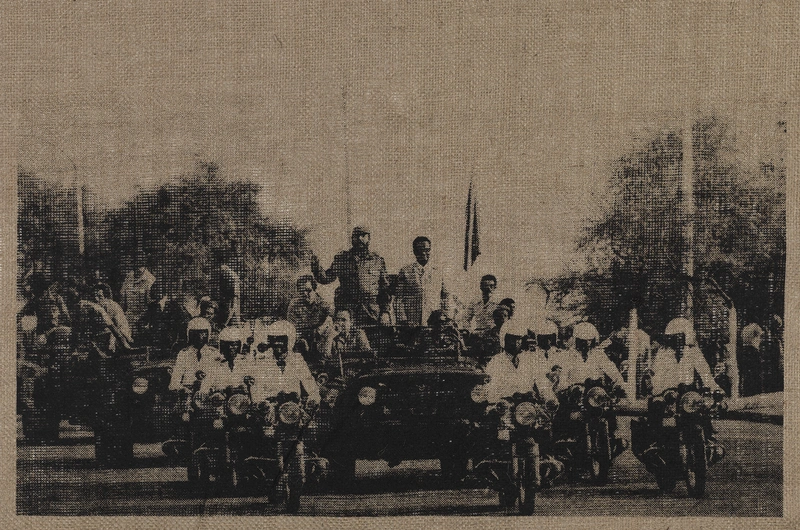
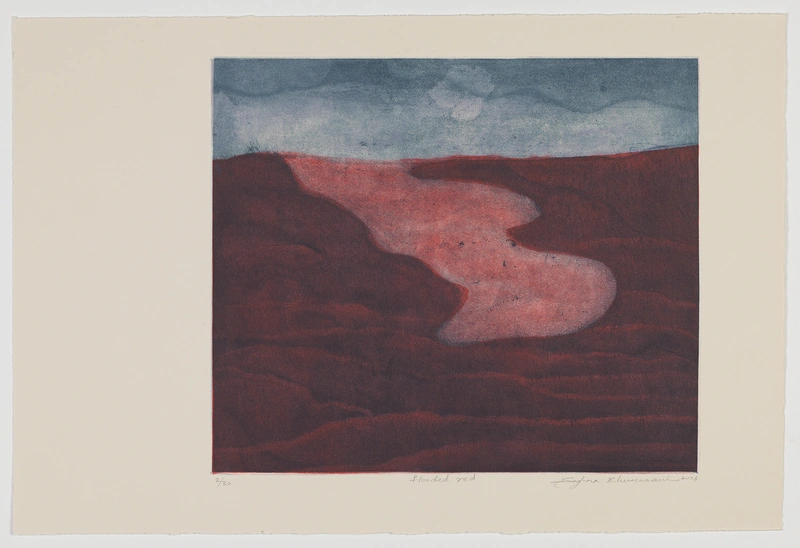
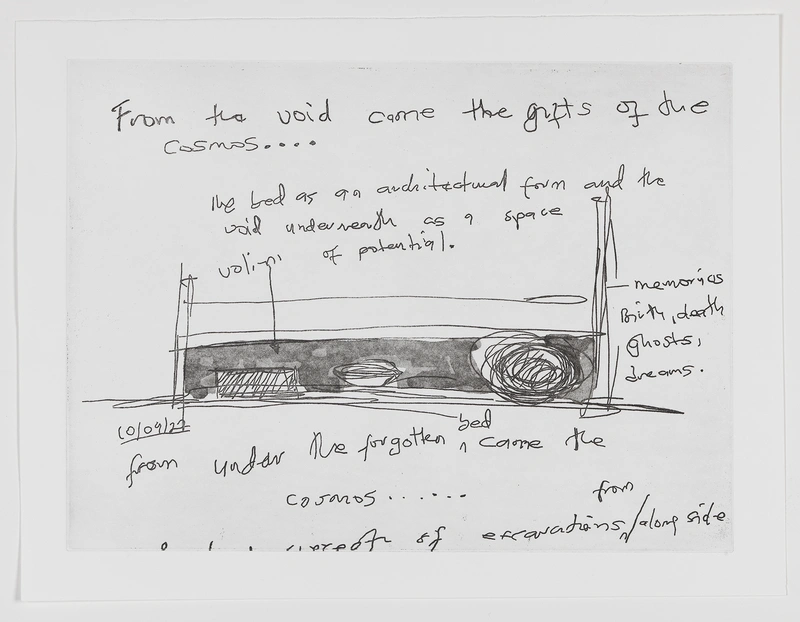
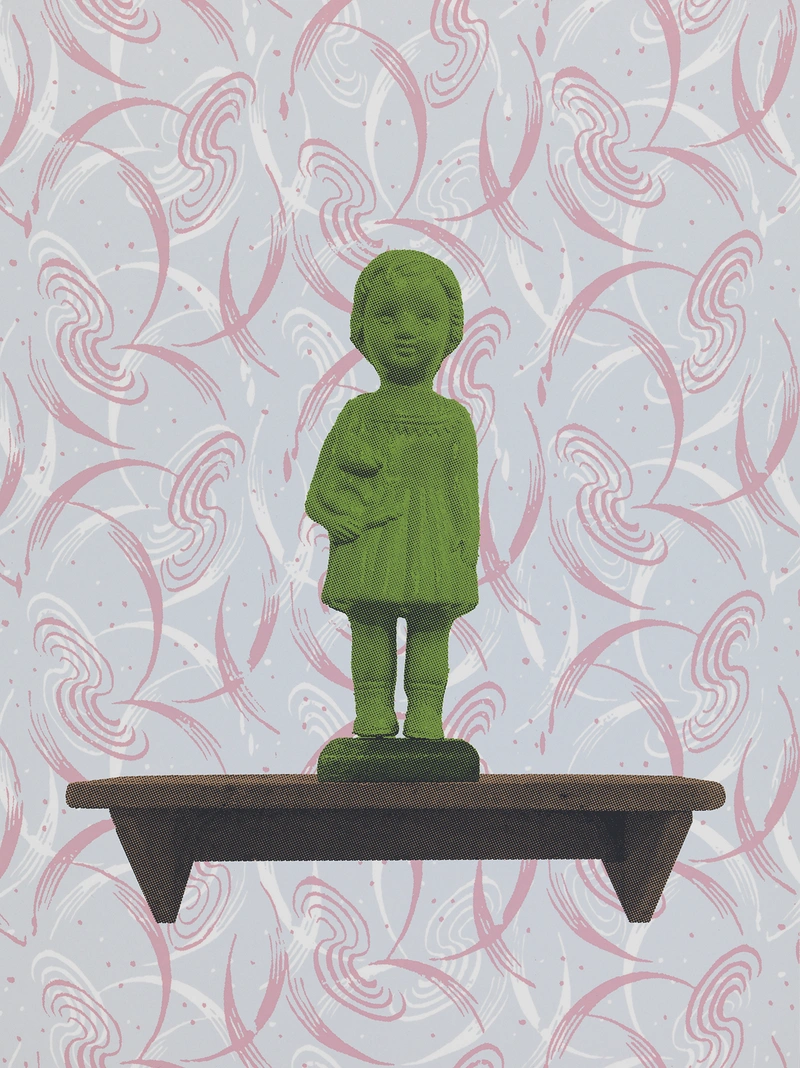
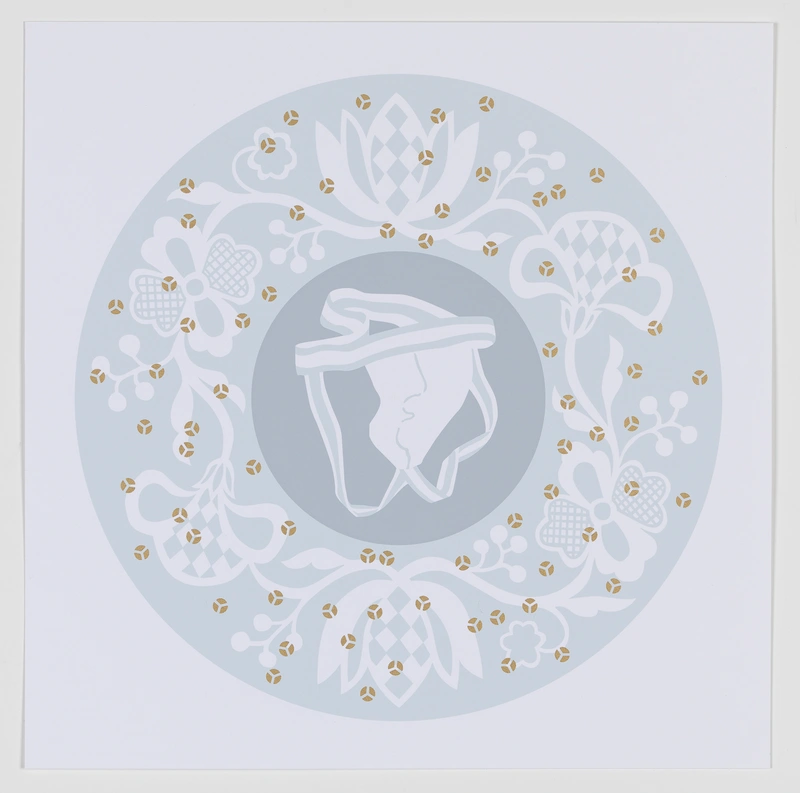
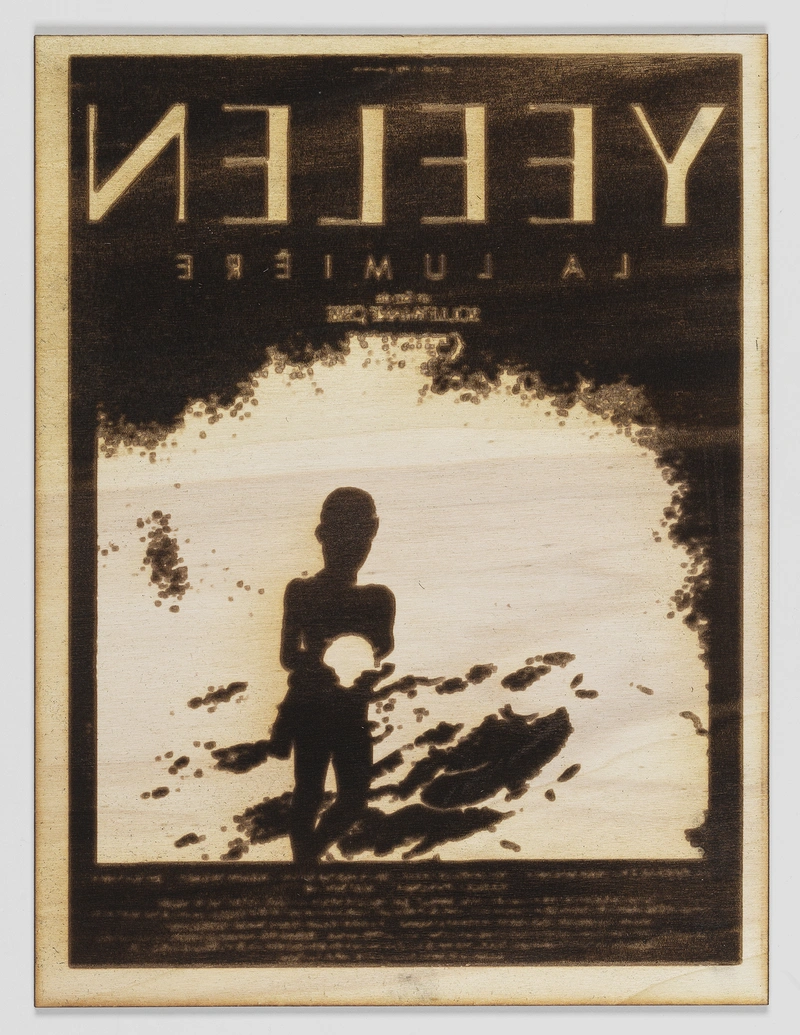
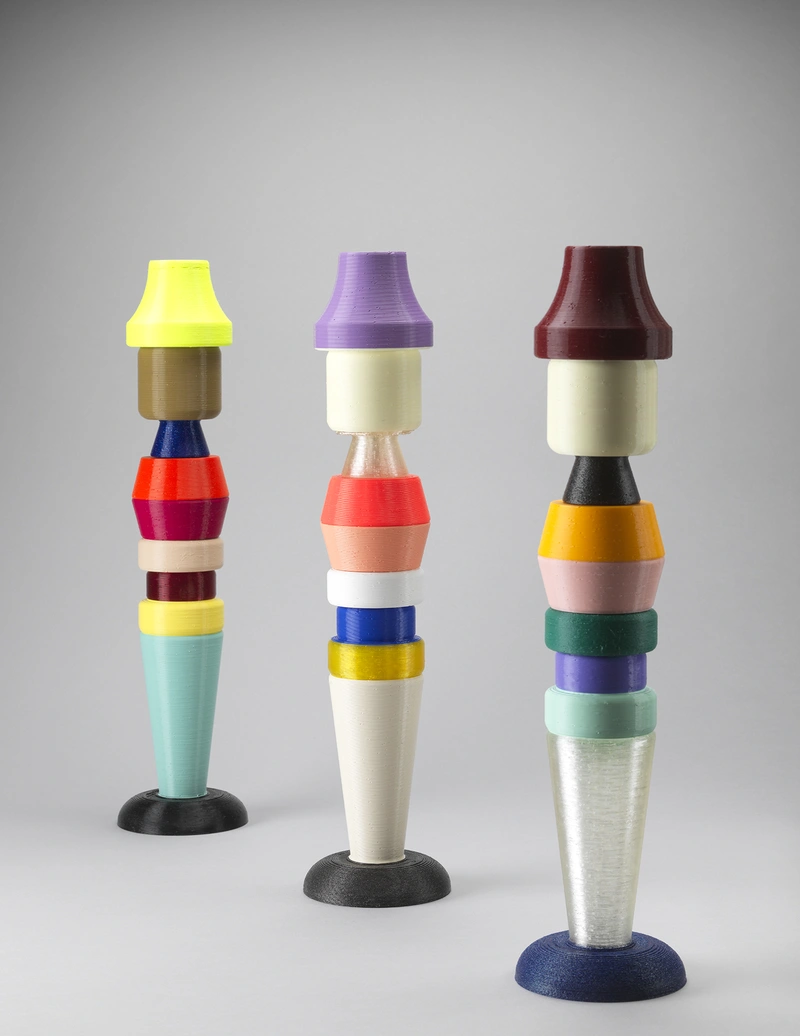
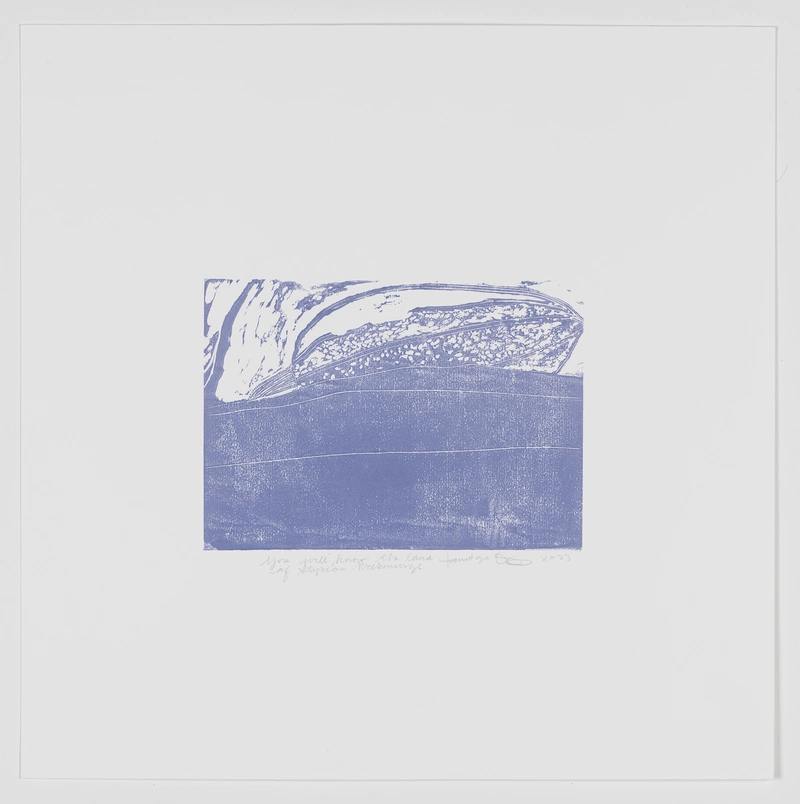
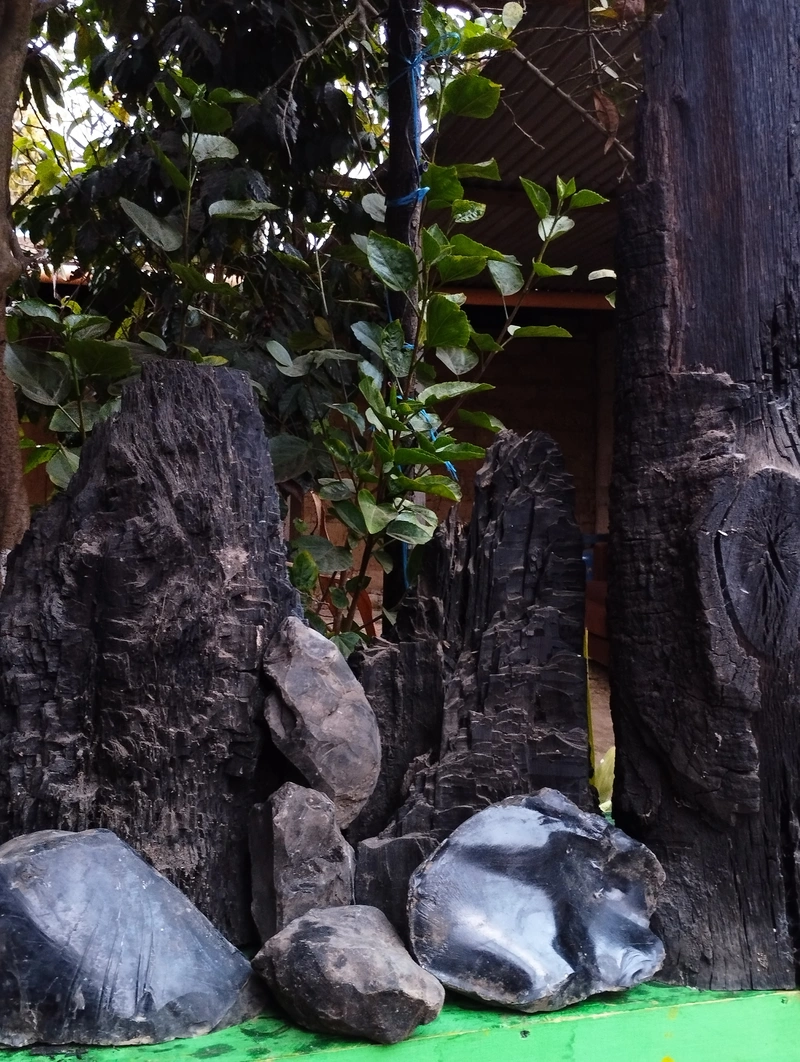
Producer: International Centre of Graphic Arts (MGLC)
MGLC Director: Nevenka Šivavec
MGLC Curator of the exhibition: Yasmín Martín Vodopivec
In collaboration with: La Nueva Fábrica (LNF)
LNF Cofounder: Jamie Denburg Habie
LNF Executive Director and Chief Curator: Ilaria Conti
LNF Coordinator: Ana Lucía Montufar
Design: Ivian Kan Mujezinović
MGLC Print Studio: Jakob Puh
Exhibition set-up: Borut Wenzel (MGLC) and Lilian Porras (LNF)
Logistic support: Luka Novak Kogoj
Framing: Studio Černe, Andrej Črepinšek
Handcrafted print portfolio packaging: PER ASPERA d.o.o.
The print portfolio The Holy Corner was published in an edition of thirty copies as part of the 35th Ljubljana Biennale of Graphic Arts From the void came gifts of the cosmos (15. 9. 2023–14. 1. 2024).
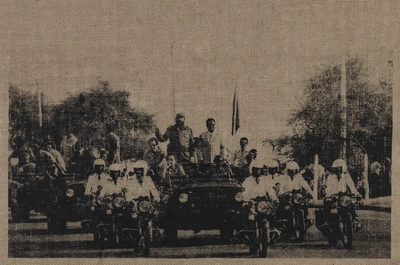
Jihan El Tahri, Sankofa, 2023, screenprint on jute.
Photo: Jaka Babnik. MGLC Archive.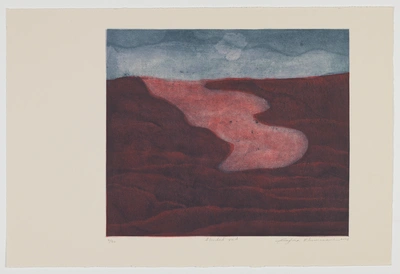
Soghra Khurasani, Flooded Red, 2023, etching.
Photo: Jaka Babnik. MGLC Archive.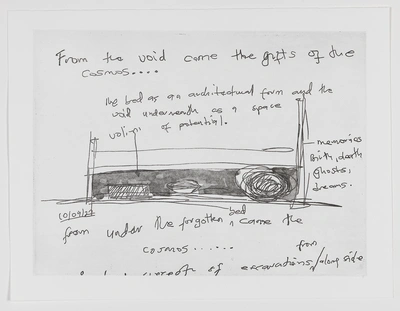
Ibrahim Mahama, From the void came gifts of the cosmos, 2023, aquatint and vernis mou. Sketch detail for the concept of the 35th Ljubljana Biennale of Graphic Arts.
Photo: Jaka Babnik. MGLC Archive.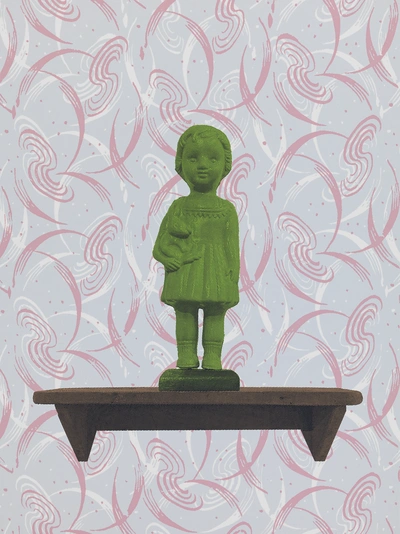
Tjaša Rener, Common History I, 2023, screenprint.
Photo: Jaka Babnik. MGLC Archive.
Jaanus Samma, Floral Pattern No. 2, 2023, screenprint.
Photo: Jaka Babnik. MGLC Archive.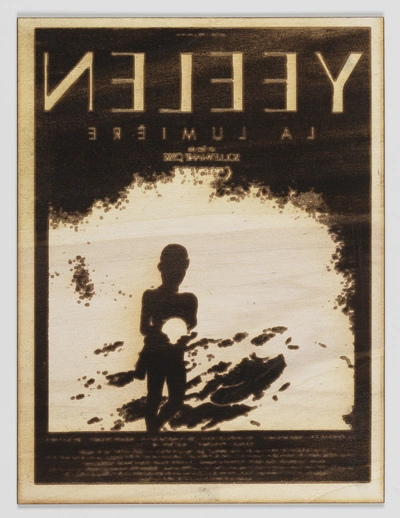
School of Mutants (Hamedine Kane, Stéphane Verlet-Bottéro), Yeelen, 2023, laser engraved plywood.
Photo: Jaka Babnik. MGLC Archive.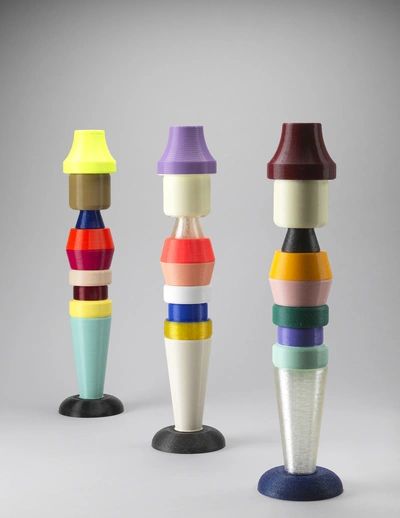
Janek Simon, A Wooden Man from Tarnów, 2023, 3D print in PLA.
Photo: Jaka Babnik. MGLC Archive.
Temitayo Ogunbiyi, You will know the land of Styria and Prekmurje, 2023, hand-pulled woodcut.
Photo: Jaka Babnik. MGLC Archive.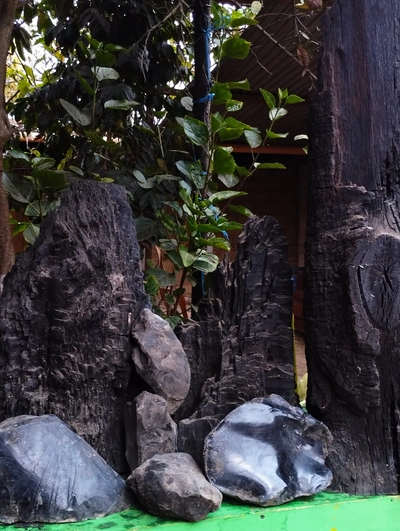
Edgar Calel, Eclipse, 2024, charcoal and obsidian on a green-painted wooden structure, installation.
Photo: Jaka Babnik. MGLC Archive.
Edgar Calel, Eclipse, 2024, charcoal and obsidian on a green-painted wooden structure, installation.
Photo: Jaka Babnik. MGLC Archive.Installation Views
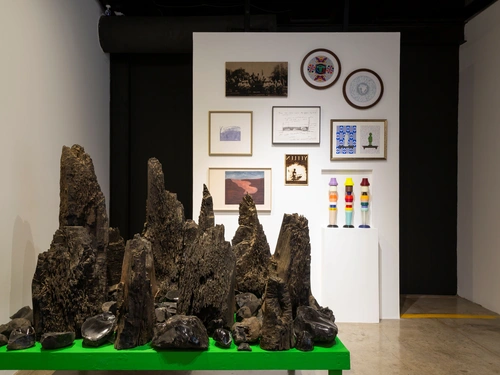
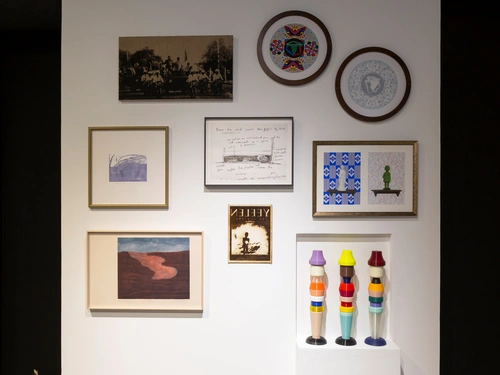


Other exhibitions
Currently on view

